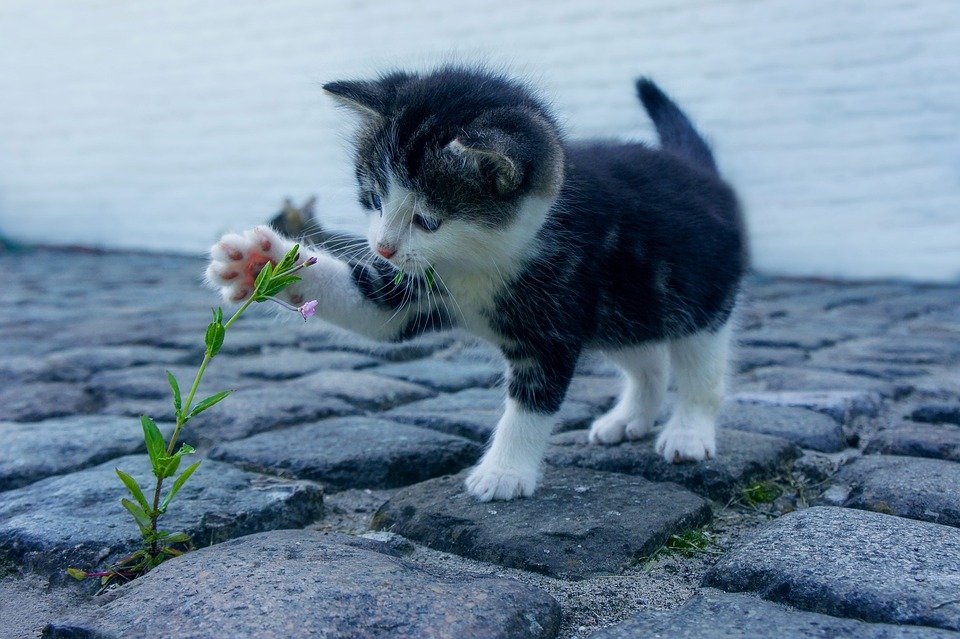
Calming Techniques for Anxious Felines: Desensitization 101
Introduction:
Anxiety is a common issue among cats, and it can manifest in various behavioral problems such as aggression, excessive grooming, and avoidance of certain situations. Desensitization is a powerful technique that can help cats overcome their fears and anxieties by gradually exposing them to the triggers that cause their stress. In this article, we will explore the concept of desensitization and provide a step-by-step guide on how to use this technique to help your anxious feline friend.
Understanding Desensitization:
Desensitization is a behavioral therapy technique that involves exposing an individual to a fear-inducing stimulus in a controlled and gradual manner. The goal of desensitization is to help the individual build tolerance to the feared stimulus and eventually overcome their anxiety response. In the context of cat behavior, desensitization can be used to help cats become more comfortable and less anxious in situations that trigger their fear or stress.
Identifying Triggers:
The first step in desensitizing an anxious feline is to identify the triggers that cause their anxiety. Common triggers for cats include loud noises, unfamiliar people or animals, car rides, and visits to the veterinarian. By observing your cat’s behavior and noting when they exhibit signs of anxiety, you can pinpoint the specific triggers that need to be addressed through desensitization.
Creating a Desensitization Plan:
Once you have identified the triggers that cause your cat’s anxiety, the next step is to create a desensitization plan. This plan should outline a step-by-step approach to gradually exposing your cat to the feared stimulus in a controlled and positive way. It is important to start with a low-intensity version of the trigger and gradually increase the exposure over time as your cat becomes more comfortable.
For example, if your cat is afraid of loud noises, you can start by playing a recording of the noise at a low volume while offering treats or playtime to distract and reward your cat for remaining calm. As your cat becomes more accustomed to the noise, you can gradually increase the volume until they are no longer anxious in its presence.
Implementing Desensitization Techniques:
There are several techniques that can be used to desensitize an anxious feline, including counterconditioning, positive reinforcement, and systematic desensitization. Counterconditioning involves pairing the feared stimulus with something positive, such as treats or play, to create a positive association and reduce the anxiety response. Positive reinforcement involves rewarding your cat for calm behavior in the presence of the trigger to encourage them to remain calm in the future. Systematic desensitization involves gradually exposing your cat to the trigger in a controlled and incremental way to help them build tolerance and reduce their anxiety response.
It is important to be patient and consistent when implementing desensitization techniques with your cat. Progress may be slow at first, but with time and practice, your cat can learn to overcome their fears and anxieties and become more confident and relaxed in stressful situations.
Conclusion:
Desensitization is a powerful technique that can help anxious felines overcome their fears and anxieties in a safe and controlled manner. By identifying triggers, creating a desensitization plan, and implementing techniques such as counterconditioning, positive reinforcement, and systematic desensitization, you can help your cat build tolerance and confidence in the face of their fears. With patience, consistency, and dedication, you can help your anxious feline friend lead a happier and more peaceful life.





